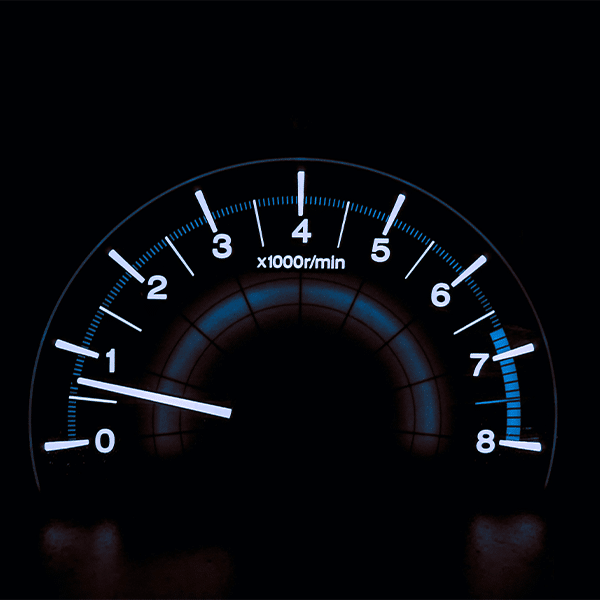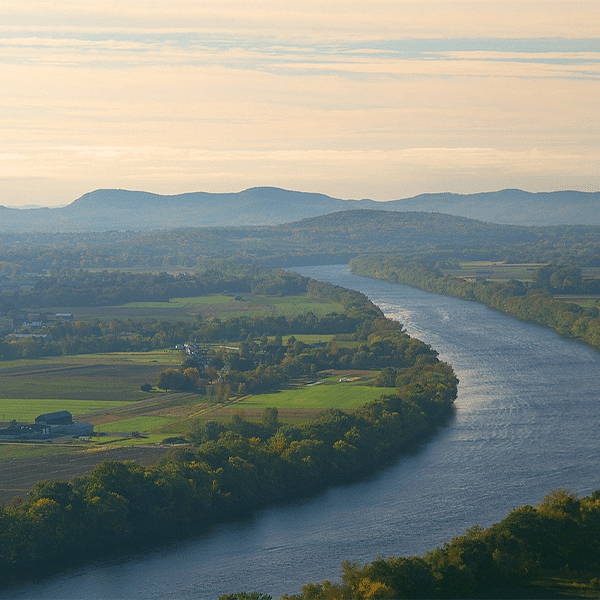Frontier, less than two years after its emergence from bankruptcy, says that it is halfway to its goal of providing access to fiber broadband to 10 million homes and businesses. The company announced the target in late 2020 and said that it would reach it by the end of 2025.
In a press release, the company noted that it is the second largest fiber builder in the U.S. — after AT&T, apparently. According to the company, the pace of its builds has increased every quarter for the last eight quarters and its goal for 2022 is to reach between 1.1 million and 1.2 million locations.
That’s important because the company will need to further increase its deployment pace to reach its goal for 2025, considering that about 3.4 million homes already had fiber available to them when the company announced the 10-million home target in April 2021.
With three years left to reach the remaining 5 million locations, the company will need to average between 1.6 and 1.7 million new homes each year.
Frontier Fiber Focus
Frontier has been closely focused on fiber broadband since it exited bankruptcy in April 2021, after shedding more than $10 billion in debt.
The company emerged from bankruptcy with a new management team headed by CEO Nick Jeffery.
Jeffery laid out the new fiber-focused strategy in August 2021, when the goal of reaching 10 million homes by the end of 2025 was set. At that time the firm also jumped on the multi-gigabit bandwagon, announcing that it would begin offering 2 Gbps symmetrical services this year.
The company said at the time that 88% of its markets have one competitor or none at all, which should enable it to gain considerable market share when fiber broadband is deployed in those markets.
In support of its new image, Frontier in late April of this year announced a rebrand that included a new logo.
The company sees fiber broadband as a way of winning customers from cable companies that can’t match fiber’s capabilities.
“Simply stated: Fiber does what cable can’t,” said Frontier’s Executive Vice President John Harrobin, in today’s press release noting the progress to date. “Fiber is superior to cable by leaps and bounds and will be the internet standard for decades to come. This is a truth supported by troves of objective data and why we are positioning Frontier as the number one ‘un-cable’ option in the market.”
Frontier is currently in Phase 2 of what the company has outlined as a three-phase fiber broadband deployment strategy. The company has not yet detailed plans for the third phase, which will include markets that would be most costly to serve. But for that phase, it’s likely that the company will pursue some of the federal funding that has been made available for broadband.
Carl Weinschenk contributed to this report



